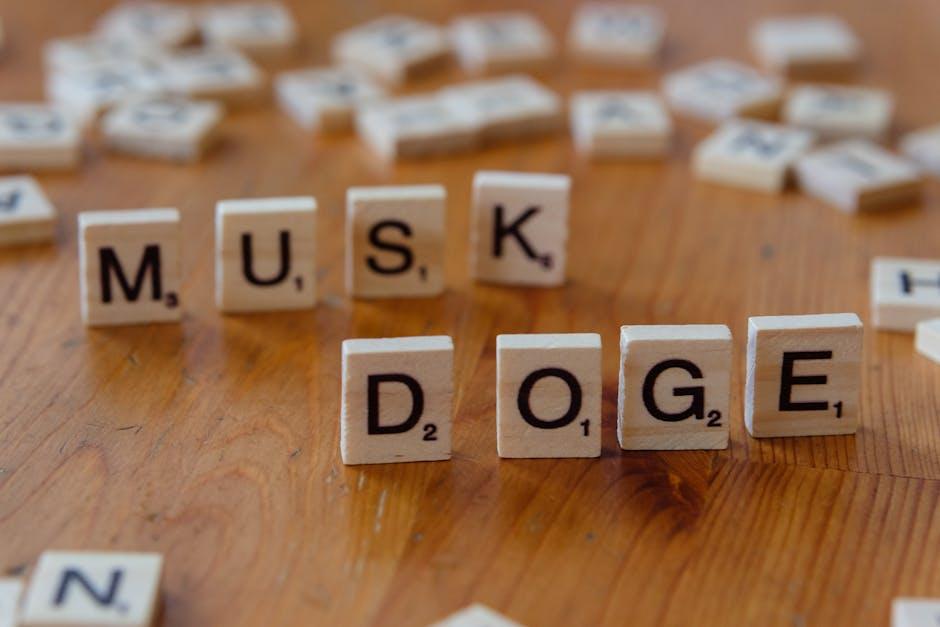How Blockchain and NFTs Are Reshaping In-Game Ownership
In the evolving world of video games, a groundbreaking shift is underway – one that is transforming how players interact with digital assets and how ownership is perceived. Thanks to blockchain technology and non-fungible tokens (NFTs), the traditional gaming landscape is being revolutionized. This article dives deep into how these technologies are reshaping in-game ownership, unlocking new possibilities for gamers, developers, and the entire gaming ecosystem.
Understanding Blockchain and NFTs in Gaming
Before exploring their impact on in-game ownership, let’s clarify what blockchain and NFTs are:
- Blockchain is a decentralized, secure digital ledger that records transactions across multiple computers, ensuring transparency, security, and immutability.
- NFTs (Non-Fungible Tokens) are unique digital assets registered on a blockchain, representing ownership of a specific item – be it art, music, or in this context, in-game items.
In gaming, NFTs signify exclusive ownership of in-game assets such as rare weapons, skins, characters, or virtual land – enabling players to own and trade items like never before.
How Blockchain and NFTs Are Changing In-Game Ownership
1. True Ownership of Digital Assets
Unlike traditional games where assets are stored on centralized servers controlled by developers, blockchain places ownership directly in the hands of players. NFTs ensure that in-game items are:
- Unique and verifiable digital assets
- Immutable and cannot be duplicated or fraudulently modified
- Owned outright by players with transparent proof on the blockchain
2. Seamless Cross-Platform and Inter-Game Use
Blockchain assets can transcend a single game environment, opening the door to:
- Using NFTs across multiple games from the same developer or ecosystem
- Interoperability between different gaming platforms
- Expanding the utility and value of owned assets beyond one title
3. Empowering the Play-to-Earn Economy
The rise of play-to-earn (P2E) games owes much to NFTs, as they enable gamers to monetize in-game achievements through:
- Buying, selling, and trading NFTs on decentralized marketplaces
- Generating income by participating in game economies with real value
- Creating a parallel economy that rewards time and skill investments
4. Enhanced Security and Transparency
Blockchain’s transparent ledger mitigates common gaming drawbacks like fraud, hacking, or unauthorized asset duplication by:
- Providing clear, tamper-proof ownership records
- Allowing developers and players to audit transactions
- Reducing dependence on centralized servers vulnerable to outages or censorship
Benefits of Blockchain and NFTs for Gamers and Developers
| Benefits | Gamers | Developers |
|---|---|---|
| Ownership Control | True asset ownership with proof | Encourage player loyalty and engagement |
| Economic Opportunities | Monetize gameplay and assets | Earn through transaction fees & secondary sales |
| Innovation | Access to unique, limited-edition items | Create dynamic, player-driven economies |
| Security | Protected against hacks and fraud | Reduce risk of asset inflation or duplication |
Practical Tips for Gamers Entering the NFT Gaming Space
- Research the Game and Platform: Prioritize games with transparent blockchain implementations and active communities.
- Understand NFT Value: Evaluate rarity, utility, and desirability before purchasing NFTs.
- Secure Your Wallet: Use trusted cryptocurrency wallets with strong security practices to store NFTs.
- Be Mindful of Gas Fees: Blockchain transactions often incur fees, so plan buys or trades accordingly.
- Engage with Communities: Join forums and social channels to learn from experienced players and developers.
Case Studies: Games Leading the Blockchain & NFT Wave
| Game Title | Blockchain | Key Feature | Use of NFTs |
|---|---|---|---|
| Axie Infinity | Ethereum | Play-to-earn monster battling | Breeding, trading, and battling NFT creatures |
| The Sandbox | Ethereum | Metaverse and virtual land ownership | Ownership and trade of virtual land parcels as NFTs |
| Decentraland | Ethereum | Virtual world with player governance | Avatars, wearables, and real estate as NFTs |
| Gods Unchained | Ethereum | Strategic card game | Cards issued as NFT collectibles tradable off-platform |
The Future of In-Game Ownership: What to Expect
The integration of blockchain and NFTs in gaming is still in early phases but rapidly evolving. Future trends likely include:
- Greater Interoperability: More games allowing asset portability between titles and platforms.
- Improved User Experience: Lower blockchain transaction costs and faster confirmations.
- Wider Adoption: Major AAA studios embracing blockchain models to enhance ownership rights.
- Regulatory Clarity: Policies that define digital ownership and asset trading frameworks.
- Decentralized Game Development: Community-driven games with governance through decentralized autonomous organizations (DAOs).
Conclusion
Blockchain technology and NFTs are radically redefining in-game ownership, shifting power from developers to players and creating new economic opportunities. Gamers can now truly own, trade, and even monetize their digital assets across platforms, heralding a new era of transparency, security, and engagement in the gaming universe. As the technology matures and adoption grows, players and developers alike stand to benefit from this transformational wave – making gaming not just about playing, but owning and thriving in virtual worlds.
Whether you’re a casual gamer or a blockchain enthusiast, understanding how these innovations shape in-game ownership is key to staying ahead in the future of gaming. Dive into this exciting space and unlock the true potential of your digital assets today!











